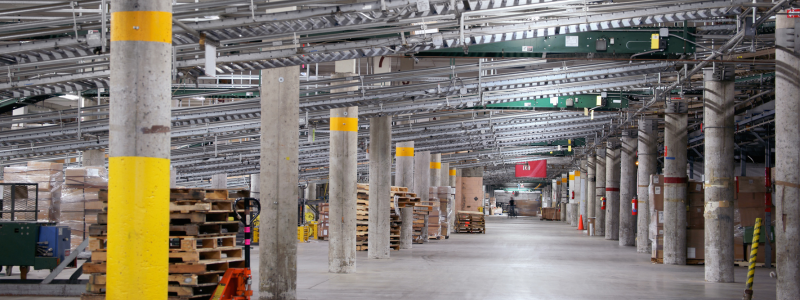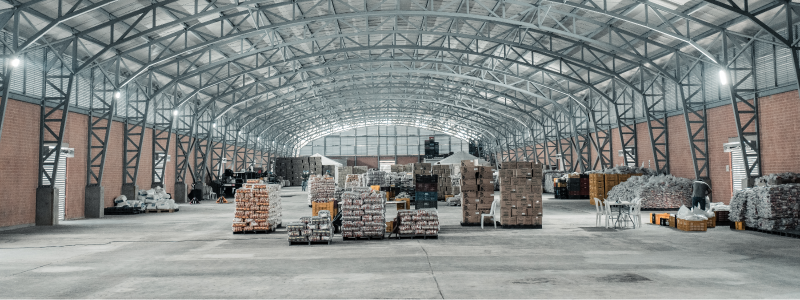It’s crucial to have an efficient warehouse receiving system as a business expands. Inadequate stock control due to a lack of such a system can lead to increased costs. Warehouse receiving has a significant impact on various aspects of the supply chain, including packaging and shipping.
Before delving into the warehouse receiving process, it’s important to understand what it entails. Warehouse receiving is the initial phase of e-commerce sales. It encompasses the delivery, unloading, and storage of products and takes place at a warehouse receiving center, which streamlines and improves the efficiency of the process.
Warehouse Receiving Process
Warehouse receiving is not a simple task. It involves more than purchasing inventory and moving it to the warehouse. An efficient warehouse receiving process is essential for maintaining accuracy and efficiency.
Documentation
The initial step does not involve purchasing inventory. There are several steps that must be taken before this. The business owner first plans the quantity of items needed, their transportation method, and the necessary containers or cartons for transporting the items. They also calculate the required number of containers and determine acceptable package weights and sizes to prevent losses.
When working with a third-party company, the warehouse must meet their specific receiving requirements, as each company has its own regulations. These requirements typically include detailed instructions on how to send inventory to the warehouse. To streamline the process and ensure accuracy, a warehouse receiving order form must be completed prior to transportation.

Receiving
The warehouse has a designated area for unloading vehicles that transport goods. When a shipment is expected, the warehouse receiving staff should be present before it arrives. They will gather necessary information from the driver about the products.
The delivery vehicle should be parked in reverse to make it easier for the staff to unload the items. There is no need to move the cargo around. Sometimes, when unloading heavy equipment, machines are necessary. Well-prepared warehouses have these machines ready before the cargo arrives.
Confirmation
Dedicated staff members are responsible for inspecting all items received in the warehouse. They maintain a record of the quantity, weight, and quality of the products. Additionally, they compare the information listed on the cargo with the contents of the containers to ensure accuracy.
The second step is to double-check the items in the GIS database with the list provided by the company. This ensures that no items are missing and helps to prevent any issues from arising later on. If any item is found to be damaged, it is reported to the company right away and the matter is handled efficiently. The unloading and checking process does take time, but this is managed by assigning different staff members to each operation.
Storage
After unloading all the items, the next step is to store them properly. To do this, the items are first classified and arranged into different categories based on their weights or sizes. The storage location depends on the size or type of item being stored, with common places including shelves and pallets. A list of the stored items is created to maintain efficiency, including the number of areas where they are being stored.
What are The Benefits of Warehouse Receiving?

Accuracy
It’s easier to keep track of inventory when using a warehouse. They maintain a record of the number of products stored and will notify you when stock is running low. This system helps prevent shortages of your items.
Stock Counts
Warehouse receiving prioritizes customer satisfaction by preventing frustration and minimizing the likelihood of customers leaving your company. This is achieved by maintaining an average stock count for all products. Any shortages or inventory discrepancies are promptly identified and resolved. Additionally, having warehouse storage helps prevent the accumulation of unsold products. Staff members regularly monitor inventory levels to avoid both overstocking and understocking. Storing excessive amounts of products can lead to spoilage and financial losses.
Efficient Systems
A well-functioning warehouse is crucial for storing, managing, and tracking your products. It plays a key role in preventing financial losses by maintaining efficient records and reducing shipping costs. Moreover, it can enhance transit times and offer guidance on receiving, packing, and shipping products.

